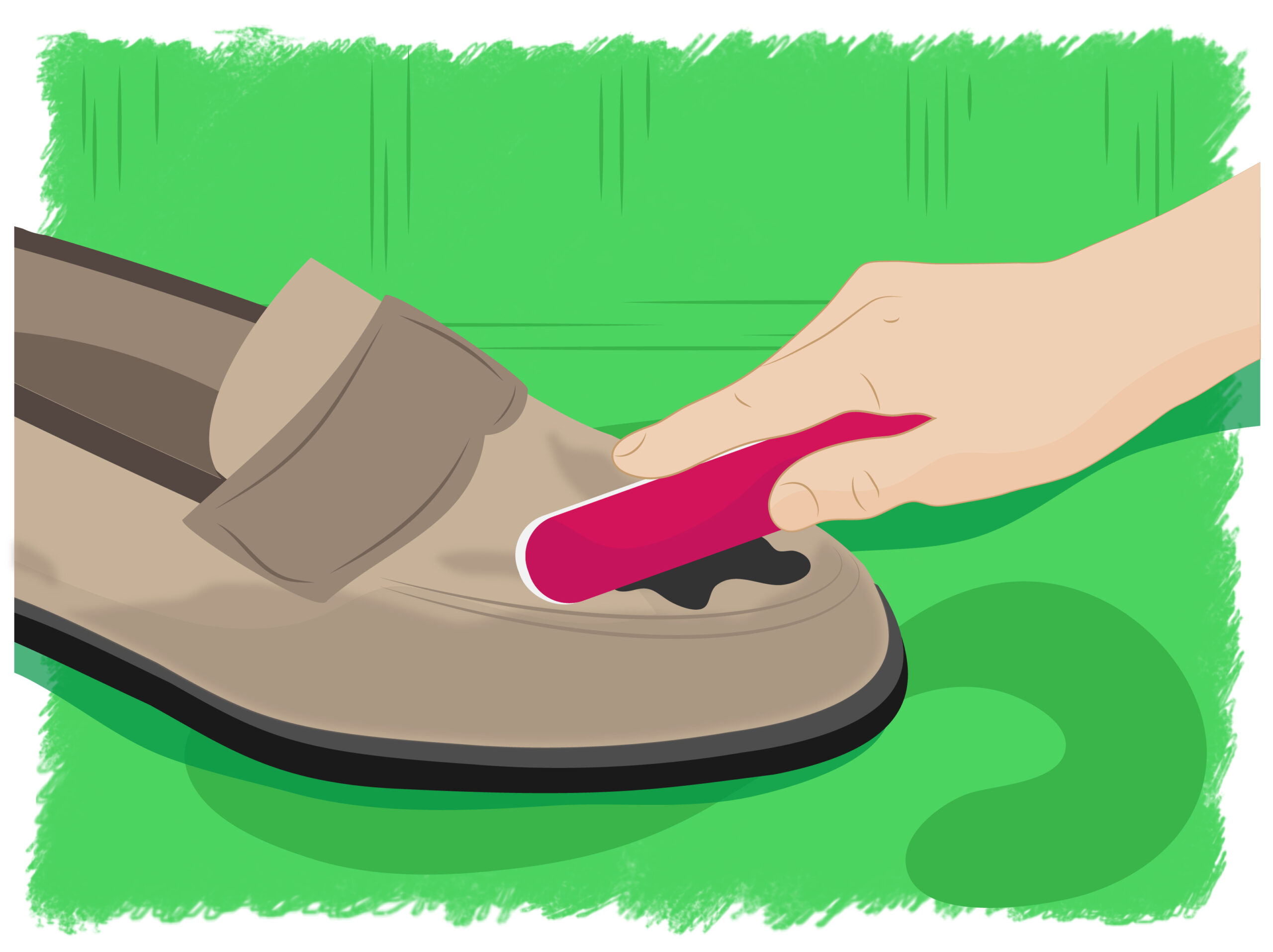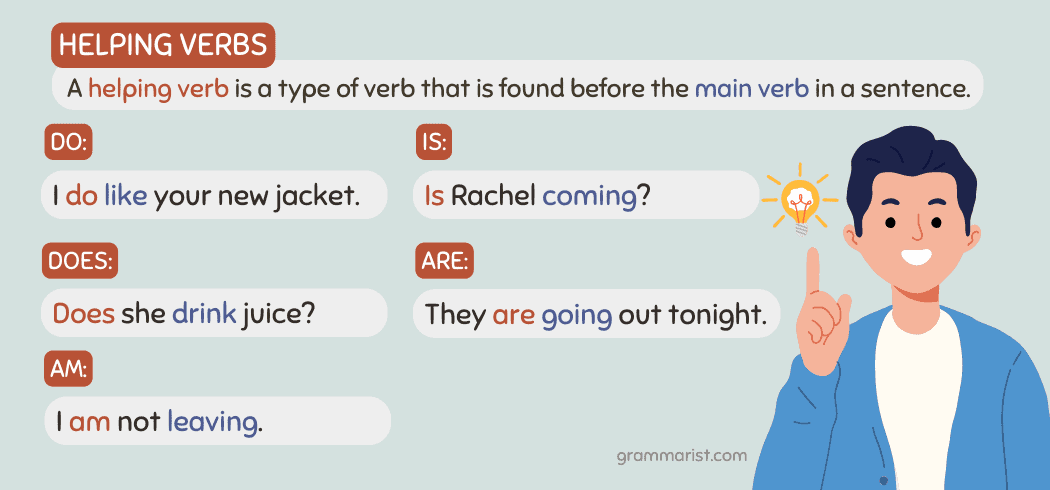Moving Forward After Family Abandonment: Building Independence and Healing
Understanding the Impact of Family Abandonment
Experiencing abandonment by family, especially by primary caregivers, leaves deep emotional and psychological scars that can persist into adulthood. Many adults who have been abandoned report challenges such as depression, anxiety, low self-esteem, and difficulty forming trusting relationships. According to modern psychological research, the trauma from childhood abandonment can manifest as chronic feelings of worthlessness, fear of further rejection, and even lasting changes in how the brain manages stress and relationships [1] [2] [3] [4] .
For many, the thought of returning to a family that once abandoned them is not just unappealing-it’s psychologically unsafe. It is crucial to recognize that moving forward without reconnecting with an abandoning family is a valid and sometimes necessary step toward personal well-being.
The Emotional Journey: Recognizing and Addressing Trauma
Abandonment trauma can create a complex web of emotions. Common responses include:
- Anxiety and hypervigilance, often with a persistent sense of unease or fear that abandonment will recur.
- Depression, marked by hopelessness, loss of interest in daily activities, and social withdrawal [1] .
- Difficulties with trust and attachment-some become excessively independent, refusing to rely on anyone, while others may cling to relationships out of fear [4] .
- Shame and feelings of worthlessness, stemming from internalized beliefs of being unwanted or unlovable [5] .
Addressing these emotions is a foundational step to moving forward. Therapy, whether individual or group-based, can help unpack these feelings, challenge negative thought patterns, and develop healthier coping mechanisms. If you are unsure where to start, you can search for licensed mental health professionals in your area or use reputable therapy directories provided by mental health organizations.

Source: otakukart.com
Building an Independent Life: Practical Steps
Refusing to return to a family that abandoned you is a powerful assertion of self-worth and autonomy. Building a life on your own terms involves both practical and emotional strategies:
1. Secure Basic Needs and Stability
Start by ensuring your basic needs-housing, food, employment, and healthcare-are met. If you face challenges in any of these areas, consider the following approaches:
- Housing: You may qualify for support through local housing agencies, shelters, or transitional housing programs. Search for “[your city] housing assistance programs” or contact local government offices for guidance.
- Employment: Workforce development agencies, job training centers, and community colleges often provide job-search assistance. Use official government labor department websites or local community resources to find employment support.
- Healthcare: Community health clinics and sliding scale providers are available in many regions. You can locate these by contacting your state’s health department or searching for “community health centers near me.”
2. Build a Support Network
Family is not limited to blood relations. Many people find meaningful, supportive communities among friends, colleagues, mentors, and even support groups. Consider joining:

Source: webnovel.site
- Peer support groups for adult survivors of childhood abandonment or trauma. You may find these through national organizations such as the National Alliance on Mental Illness (NAMI) or local community centers.
- Interest-based clubs, volunteer organizations, or faith communities where you can meet others with shared values and experiences.
It is important to remember that building new, healthy relationships takes time. Be patient with yourself and others as you develop trust and mutual support.
Healing and Moving Forward: Therapeutic and Self-Help Approaches
Overcoming the pain of abandonment is an ongoing process. Many people benefit from a combination of professional therapy and personal growth activities:
Professional Help
Therapists with experience in trauma, attachment issues, or family estrangement can offer valuable tools for recovery. If you are unsure how to locate a therapist:
- Contact your primary care provider for a referral.
- Use directories on major mental health organization websites to search for licensed professionals in your area.
- Look into online therapy services, which can provide access to help regardless of your location.
Therapists may use cognitive-behavioral therapy (CBT), Eye Movement Desensitization and Reprocessing (EMDR), or other evidence-based approaches to help address trauma-related symptoms [1] .
Self-Help Strategies
Self-help approaches can complement therapy or be pursued independently. Examples include:
- Journaling to process feelings and track personal growth.
- Mindfulness practices, such as meditation or yoga, to help regulate emotions and reduce stress.
- Reading books or listening to podcasts on topics like trauma recovery, self-worth, and resilience.
Many public libraries and reputable online platforms offer free resources on these topics.
Overcoming Barriers: Common Challenges and How to Address Them
Healing from abandonment and creating a new support system often comes with significant challenges, including:
- Loneliness: The absence of family support can lead to isolation. Seek out community resources, such as local meetups, support groups, or volunteering opportunities, to foster connection.
- Financial Instability: Navigating adulthood without family assistance can be daunting. Explore scholarships, grants, and community aid programs. For students, most colleges have an office for student support or emergency financial assistance.
- Self-Doubt: Internalized messages from abandonment can undermine your confidence. Regularly affirm your strengths and achievements, and consider working with a counselor to reframe negative self-talk.
Remember, seeking help is a sign of strength, not weakness. Many people have successfully built fulfilling lives after family estrangement by gradually overcoming these obstacles.
Alternative Paths and Personal Autonomy
Choosing not to return to a family that abandoned you does not mean closing yourself off from all relationships. Instead, it allows you to:
- Establish clear boundaries that protect your mental and emotional health.
- Define your own identity, values, and life goals independent of family history.
- Seek out or create new traditions and support networks that reflect your needs and aspirations.
It is possible to thrive after family abandonment. Many people report finding deeper meaning, self-reliance, and authentic relationships in the communities they build for themselves.
Taking the First Step
If you are ready to move forward, consider these immediate steps:
- Identify your most urgent needs-emotional, physical, financial-and create a plan for addressing them.
- Research local and online resources for support, focusing on reputable organizations and government agencies.
- Reach out to trusted individuals or groups, even if it feels uncomfortable at first. Remember, support can come from many sources.
- Set small, achievable goals for personal growth and healing. Celebrate progress, however incremental.
Your journey is uniquely yours. By choosing not to return to those who abandoned you, you honor your right to safety, happiness, and self-determination. While the path forward is challenging, it is also full of opportunities for growth and connection.
References
- [1] Therapy Trainings (2024). Effects of Child Abandonment Echoing in Adulthood.
- [2] CPTSD Foundation (2021). The Long-Term Effects of Abandonment.
- [3] HHCH (2024). Understanding the Critical Needs of Abandoned Children.
- [4] A Place of Hope (2024). The Effects of Childhood Abandonment in Adulthood.
- [5] National Library of Medicine (2023). Is Rejection, Parental Abandonment or Neglect a Trigger …
MORE FROM savvysc.com













